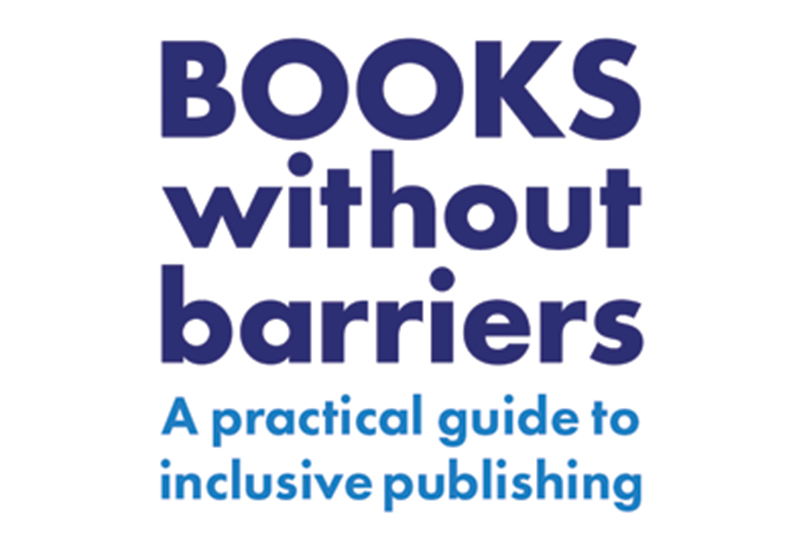By Julie Ganner AE, Chair, Accessibility Initiative Working Party (AIWP)
The Accessibility Initiative Working Party (AIWP) is proud to announce the publication of Books without barriers: a practical guide to inclusive publishing. The guide was written by members of IPEd’s Accessibility Initiative Working Party (AIWP) and co-published by IPEd and the Australian Publishers Association (APA), with support from the Copyright Agency Cultural Fund. It is available as a free download from the IPEd and APA websites in Word and PDF formats.
Books without barriers explains the many ways in which books can be experienced. It outlines the barriers to reading that people with print disability may experience if their needs are not supported, and describes how to avoid creating these barriers at each stage of the publishing process.
The guide is written in four parts:
- Planning for inclusive publishing: the diverse ways in which the audience reads, developing an accessibility policy for publishers, and planning the publishing workflow
- Developing content: writing and editing, creating accessible tables, considerations for mathematics and science, and considerations for children’s books
- Describing images and tables: how to write image descriptions, the steps involved in drafting them, and examples of descriptions for different types of illustration
- Producing accessible books: design, digital formats, audiobooks, and testing and reviewing for quality assurance.
The appendices include a style sheet template and a glossary.
Editors have an important part to play in creating reading materials that are designed from inception to be accessible to everyone. Considering the needs of readers with print disability requires thinking beyond reading as a visual activity. Editors must also consider whether content can be perceived and understood when it is accessed by touch and hearing, not just by sight. The writers of Books without barriers hope that the advice provided in the guide will help transform the way editors think about editing and support them in the transition to more inclusive publishing practices.

